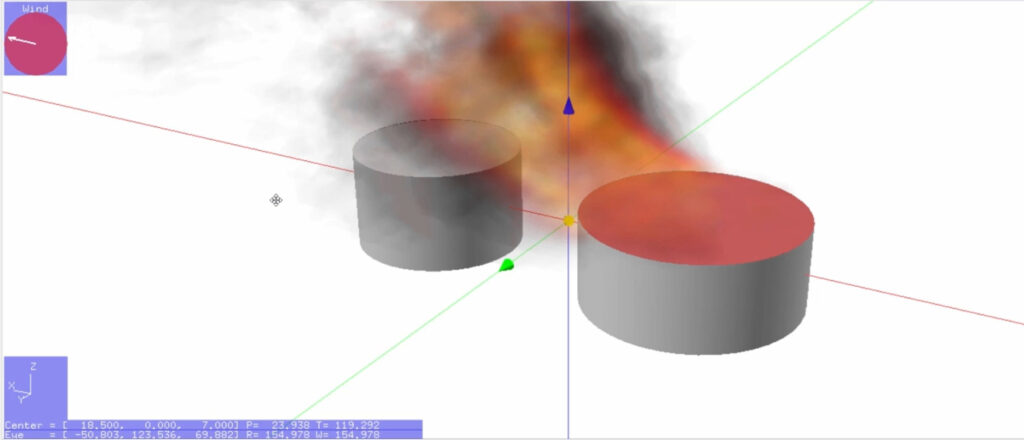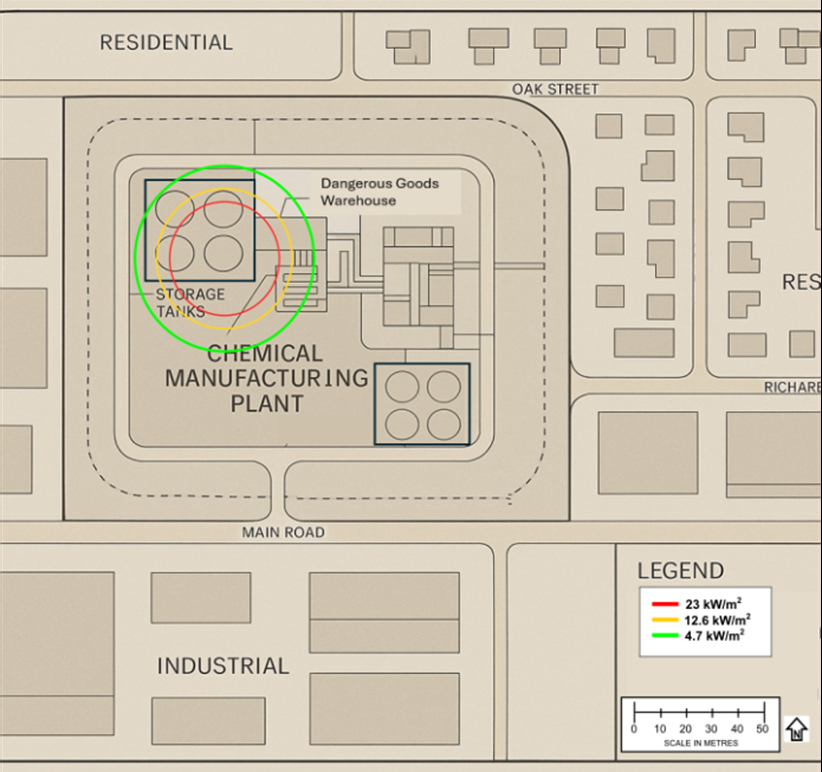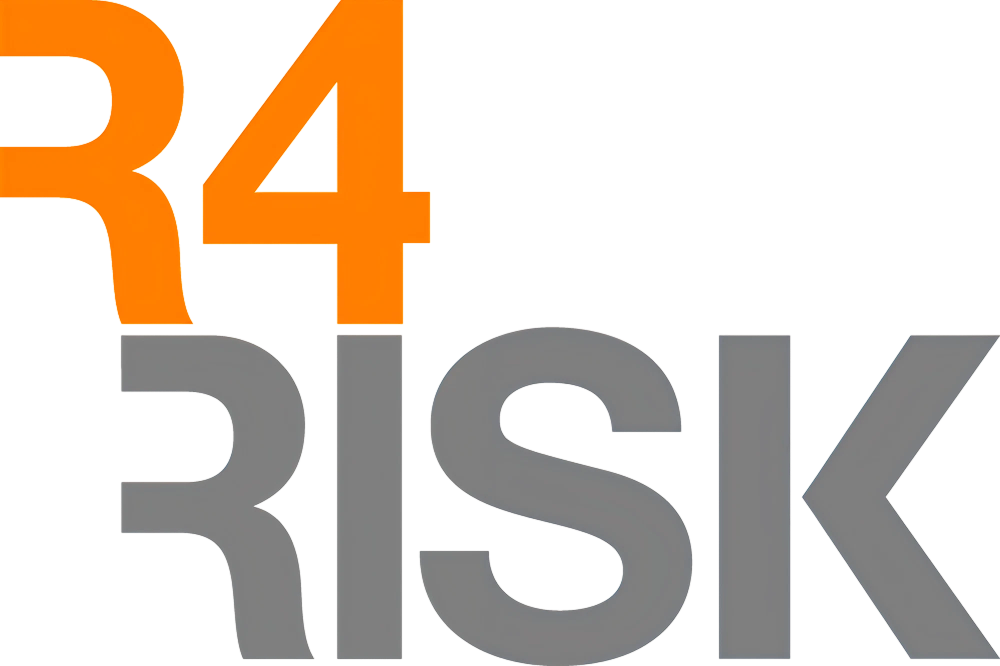Our Services
Consequence Modelling

Visualise and Quantify Hazardous Event Impacts
Understanding Potential Impacts
When it comes to hazardous materials, understanding the consequences if things go wrong is as important as preventing them from happening. Consequence modelling provides a visualisation and quantification of the potential impacts of hazardous events – before they happen. Whether you’re designing a facility or working to reduce risk, a consequence modelling study helps you make informed decisions.
What can be modelled?
- Jet fires from pressurised liquid or gas releases
- Pool fires from liquid spills
- Flash fires following the ignition of a flammable vapour cloud
- Fireballs from rapid combustion events
- Toxic gas dispersion from chemical leaks
- Explosion overpressure from vessel bursts or congested vapour cloud explosions
- BLEVEs (boiling-liquid expanding-vapour explosion)
Consequence Modelling by R4Risk
Quantifying Impacts Through Consequence Modelling
Impact criteria based on thermal radiation, explosion overpressure or chemical toxicity effects are used to assess the potential consequences on people, plant and the surrounding environment.
- R4Risk uses specialised consequence analysis software, such as PHAST, to assess the extent of consequences for hazardous scenarios.
- The results can be displayed graphically on site-plot plans to illustrate affected areas.

Consequence Modelling
Frequently Asked Questions
- Identify specific fire hazards and toxic threats
- Evaluate worst-case scenarios and cascading effects
- Support risk assessments with quantitative data
- Justify safety measures and system designs
- Align with regulatory and compliance frameworks
- Process conditions
- Material properties and release source characteristics
- Atmospheric conditions
